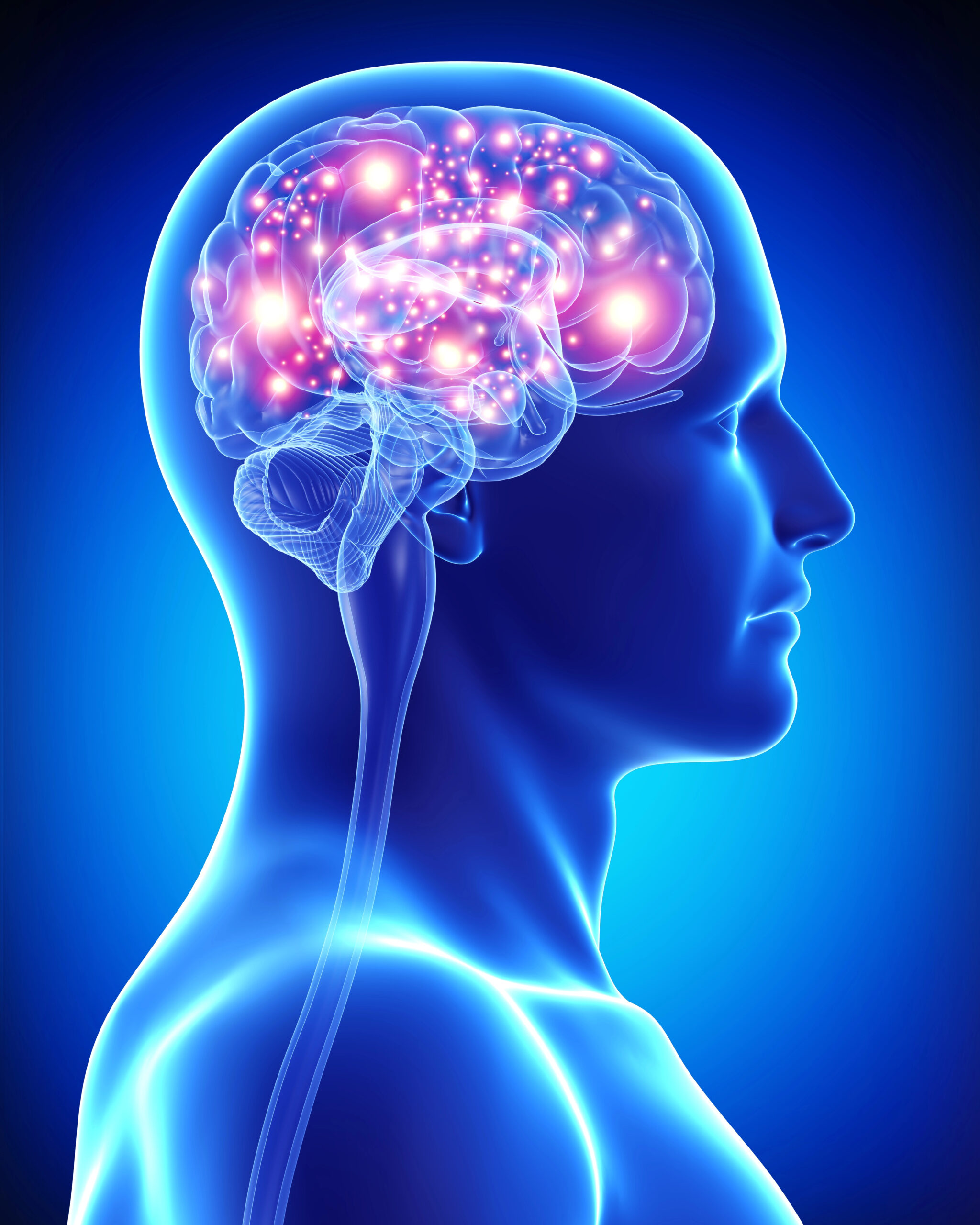Attention Deficit Hyperactivity Disorder (ADHD) is a neurodevelopmental disorder that affects millions of children worldwide. While medication and behavioral therapies have traditionally been the primary treatment options, there’s growing interest in alternative approaches, such as neurofeedback therapy. In this blog post, we will explore what neurofeedback therapy is and how it can benefit children with ADHD.
Understanding Neurofeedback Therapy
Neurofeedback therapy, also known as EEG (Electroencephalogram) biofeedback, is a non-invasive technique that helps individuals regulate their brain activity. It works by monitoring brainwave patterns using electrodes placed on the scalp and providing real-time feedback to the individual. This feedback helps them learn how to self-regulate their brain activity and improve cognitive function.
How Neurofeedback Therapy Works
- Initial Brain Scan: Before starting neurofeedback therapy, a qEEG is conducted to identify specific brainwave patterns that are irregular. This assessment provides a baseline for treatment.
- Training Sessions: During neurofeedback sessions, the child sits comfortably in front of a computer screen with sensors on their scalp. These sensors detect brainwave activity and provide visual or auditory feedback in real time.
- Positive Reinforcement: The feedback is designed to reward desirable brainwave patterns associated with improved attention, focus, and self-control. For instance, when the child’s brainwaves are within the target range, their TV screen will be at its brightest as a reward.
- Learning and Self-Regulation: Over time, the child learns to associate the positive feedback with improved concentration and self-control. This reinforces the development of healthier brainwave patterns.
Benefits of Neurofeedback Therapy for ADHD Kids
- Improved Attention and Focus: Neurofeedback therapy can help children with ADHD enhance their attention span and concentration. By learning to regulate their brain activity, they become better equipped to stay on task and resist distractions.
- Reduced Hyperactivity and Impulsivity: One of the hallmark traits of ADHD is impulsivity and hyperactivity. Neurofeedback therapy can assist in reducing these behaviors by promoting self-regulation and impulse control.
- Medication-Free Approach: Many parents are hesitant to use medication as the primary treatment for ADHD due to concerns about potential side effects. Neurofeedback therapy offers a medication-free alternative that can complement other therapies or be used independently.
- Long-lasting Effects: Neurofeedback therapy can lead to long-lasting improvements in ADHD symptoms. Unlike medication, which provides temporary relief, neurofeedback focuses on training the brain to function more efficiently, potentially resulting in lasting benefits.
- Personalized Treatment: Each child’s brain is unique, and neurofeedback therapy can be tailored to target specific brainwave patterns associated with their ADHD symptoms. This personalized approach increases the likelihood of success.
Neurofeedback therapy is emerging as a promising treatment option for children with ADHD. By helping them learn to regulate their brain activity, it offers the potential for significant improvements in attention, focus, and self-control. Moreover, as a medication-free and personalized approach, it provides an appealing alternative for parents seeking effective ADHD treatment options.
If you have a child with ADHD and are exploring treatment options, consider scheduling a free evaluation with MyBrainDR. It could be the key to unlocking your child’s full potential and helping them thrive in all aspects of their life.





